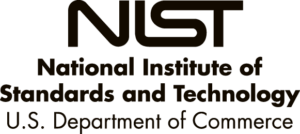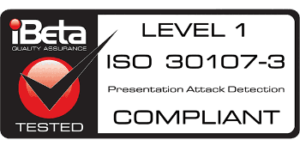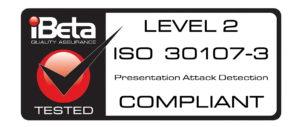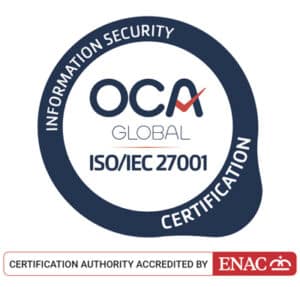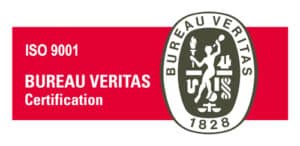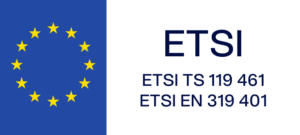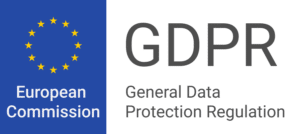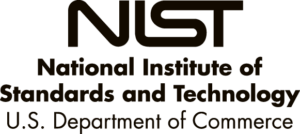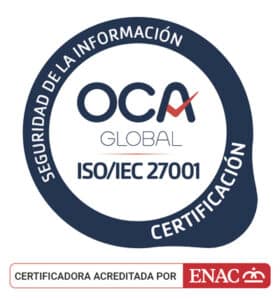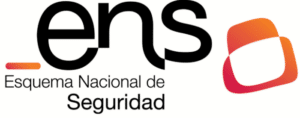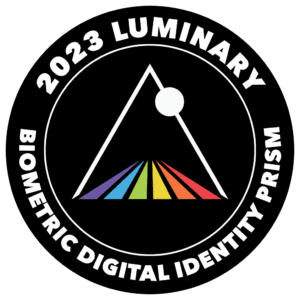The rapid evolution of the crypto-asset ecosystem in recent years prompted the European Union to develop the MiCA Regulation (Regulation (EU) 2023/1114): a harmonised legal framework for the issuance, public offering and admission to trading of crypto-assets in the European Union.
The regulation, Markets in Crypto-Assets Regulation, which was officially adopted in 2023 and is scheduled for final implementation in 2025, puts Europe at the global forefront of crypto-asset regulation.
In this article, we take an in-depth look at what MiCA is, who it affects, what its main obligations are and how it impacts areas such as digital identity verification, where Veridas offers reference solutions.
What is the MiCA Regulation?
The objective of the MiCA regulation is to provide legal certainty in a market hitherto lacking homogeneous rules, protecting consumers and investors, ensuring financial stability and encouraging technological innovation.
MiCA regulates three broad categories of cryptoassets:
- Activity-Related Tokens (ART)
- Electronic money tokens (EMT)
- Other crypto-assets, such as utility tokens.
It also introduces a specific regime for crypto-asset service providers (CASPs).
Why MICA?
Before MICA, the regulation of crypto-assets in Europe was fragmented: some countries had specific regulations, while others had almost no regulation at all. This disparity led to uncertainty for companies and investors.
MICA seeks to resolve this situation by ensuring
- Investor protection: avoiding fraud, bankruptcies and market abuse.
- Financial stability: especially by issuing stable currencies on a large scale.
- Promoting innovation: establishing clear rules to foster the growth of technology companies and start-ups.
- Fair competition: harmonising market conditions throughout the EU.
To whom does the MiCA Regulation apply?
The MiCA Regulation applies to:
- Cryptoasset issuers: companies or entities that create and offer cryptoassets to the public or solicit them for listing on trading platforms.
- Cryptoasset service providers (CASPs): exchange platforms, providers of digital wallet repositories, cryptoasset advisory services, among others.
However, it does not apply to:
- Cryptoassets considered as financial instruments (regulated by MiFID II).
- Non-fungible, unique and non-exchangeable NFTs (although those of a collectible or fractional nature may fall under its scope).
- CBDCs (central bank digital currencies).
Main obligations introduced by the MiCA regulation
MiCA requirements vary according to the type of actor and cryptoasset, but the main obligations include:
For cryptoasset issuers:
- Publication of a whitepaper in accordance with detailed requirements, registered with the competent national authority.
- Ongoing disclosure obligations to crypto-asset holders.
- Corporate governance rules and internal control systems.
- Additional safeguards in the case of issuers of asset-backed tokens or e-money.
For service providers (CASPs):
- Obtaining prior authorisation to operate in the EU.
- Governance and risk control procedures.
- Safe custody obligations for cryptoassets.
- Robust anti-money laundering (AML) and know-your-customer (KYC) mechanisms.
The latter obligation has a direct impact on digital identity verification solutions, such as those offered by Veridas, which help to meet KYC requirements with maximum technological and regulatory assurance.
How Does the MiCA Regulation Affect Cryptocurrency Exchanges?
The MiCA Regulation directly impacts cryptocurrency exchanges operating within the European Union or offering services to EU residents, even if they are based outside Europe. These platforms, classified as Crypto-Asset Service Providers (CASPs), must comply with strict new requirements to operate legally under the European framework.
Key implications for exchanges:
Mandatory CASP Authorization
Every exchange must apply for authorization from the competent authority of the Member State where it plans to operate. Once authorized, exchanges will benefit from a European passport, enabling them to offer services across the entire EU.
Governance and Solvency Requirements
Exchanges must implement solid governance structures, risk management systems, and clear custody policies to safeguard users’ assets. This aims to prevent situations similar to past exchange collapses due to lack of legal or technical backing.
Enhanced KYC and AML Obligations
Exchanges will be required to implement strict procedures for customer identity verification (KYC), suspicious activity detection, and compliance with sanctions and PEPs lists. Solutions like those provided by Veridas —offering certified identity verification and biometric technology— allow exchanges to meet MiCA’s KYC requirements seamlessly and efficiently.
Consumer Protection and Transparent Information
Exchanges must provide clear information to users regarding the risks of crypto investments, service conditions, pricing, fees, and complaint mechanisms.
Restrictions on Certain Products and Practices
MiCA introduces limitations on the use of stablecoins pegged to foreign currencies and prohibits misleading or aggressive promotional practices.
Centralized Supervision by ESMA
Larger or systemically important exchanges may be directly supervised by the European Securities and Markets Authority (ESMA).
What Should Exchanges Do to Prepare?
Adapt onboarding and KYC processes by implementing advanced, compliant identity verification solutions.
Apply for CASP authorization promptly to ensure operational continuity under MiCA.
Establish a strong compliance system covering AML requirements, data protection, and corporate governance.
In this evolving context, partnering with a robust technology provider like Veridas, already compliant with MiCA, GDPR, SEPBLAC, and ETSI standards, can be the key to operating successfully in the new regulated crypto market.
Supervision and competent authorities
Each Member State will designate a national supervisory authority to implement MICA. At the European level, the European Banking Authority (EBA) and the European Securities and Markets Authority (ESMA) will have prominent roles:
- The EBA will supervise issuers of tokens referenced to significant assets.
- ESMA will ensure supervision of larger CASPs.
In addition, ESMA will be able to develop technical guides to standardise the application of the regulation across the EU.
Benefits of MiCA for users and the marketplace
The MiCA Regulation will bring many benefits:
- Greater user confidence: they will know that their investments are protected.
- Easier access to funding for startups and innovative issuers.
- Transparency of the supply of cryptoassets.
- Stability of the financial system in the face of the growth of the crypto market.
- Boosting competition among European providers.
Impact of MiCA on digital identity verification
One of the pillars of MiCA is the strengthening of KYC obligations and the fight against money laundering. All CASPs will have to implement robust procedures to:
- Verify the real identity of their customers.
- Detect suspicious transactions.
- Comply with data protection regulations (GDPR).
Veridas, the most robust identity provider
Veridas is positioned as the perfect identity provider to comply with the new cryptoasset regulations in Europe – especially the MICA Regulation – and with the national requirements in Spain, such as those established by SEPBLAC, for the following key reasons:
Proven experience in the financial sector and crypto exchanges.
Veridas already collaborates with some of the most demanding financial institutions and platforms in the world such as BBVA, Scotiabank, Banco Azteca or Caixabank. This experience demonstrates its ability to operate in highly regulated environments, such as the crypto ecosystem with MICA.
In addition, Veridas works with exchanges of global relevance, making us a reliable partner for platforms that require identity verification in compliance with European AML/KYC regulations.
Technological robustness and regulatory compliance
Veridas has technology certified by bodies such as NIST and iBeta, and its solution is audited and validated to comply with SEPBLAC in Spain. This includes advanced capabilities such as:
- Passive and active life detection(iBeta PAD Level 1 and 2).
- Biometric verification without racial, gender or age bias.
- Processes adapted to video identification according to Order ETD/465/2021.
- Compliance with ETSI, CCN and trust standards for QTSPs (qualified providers).
This means that the Veridas solution is aligned not only with the MICA Regulation at European level, but also with the national requirements in Spain for the fight against money laundering and the issuance of electronic certificates.
Global scalability with local deployment
Veridas currently operates in more than 25 countries and processes more than 6 million identity verifications per month, demonstrating its ability to scale and adapt to different regulatory frameworks.
Thanks to its modular and 100% proprietary technology, Veridas enables exchanges and CASPs to quickly adapt to the requirements of each European jurisdiction without compromising user experience and security.
Why choose Veridas as your identity partner for MICA and SEPBLAC compliance?
- Complies with the highest European and Spanish standards.
- It is certified by NIST, iBeta, ETSI and CCN.
- It offers specific solutions for KYC and video identification.
- Has experience with top tier banks and exchanges.
- Scales globally while maintaining local compliance.






